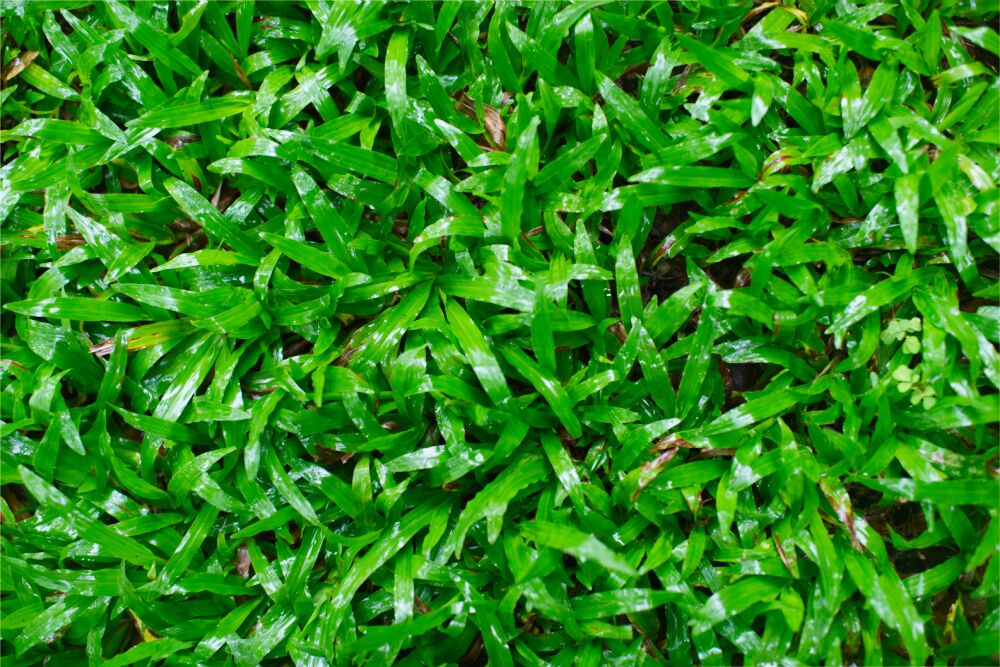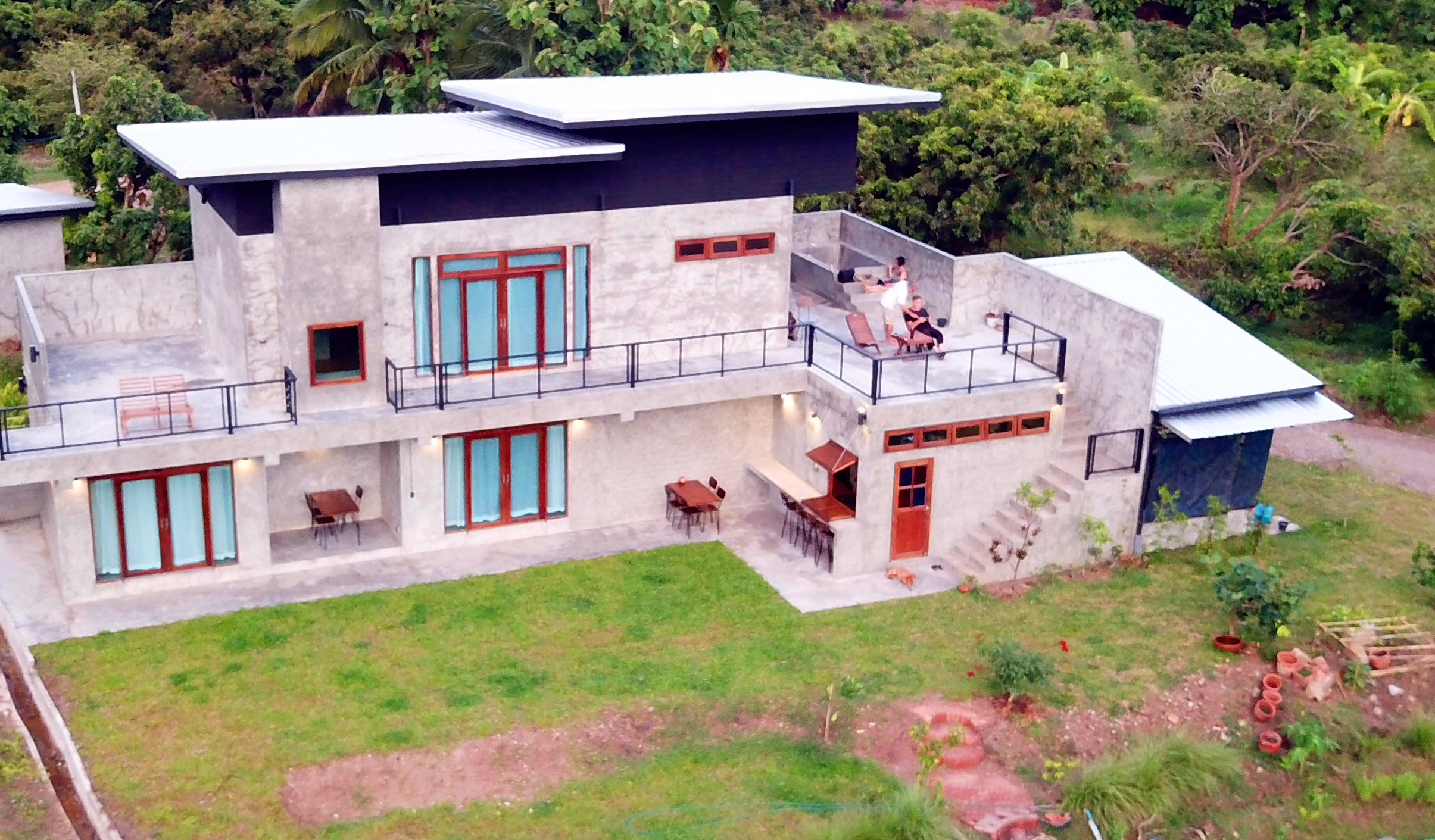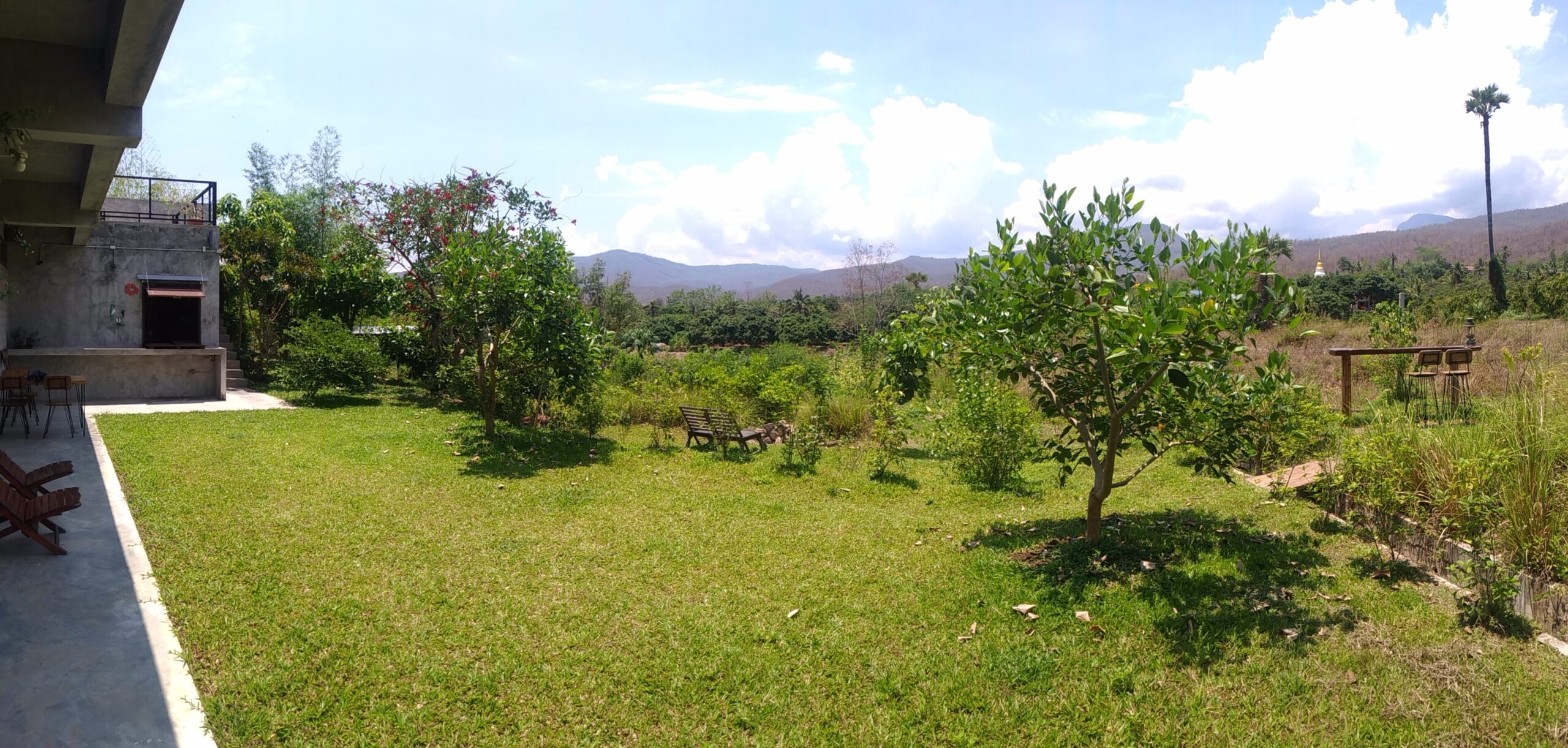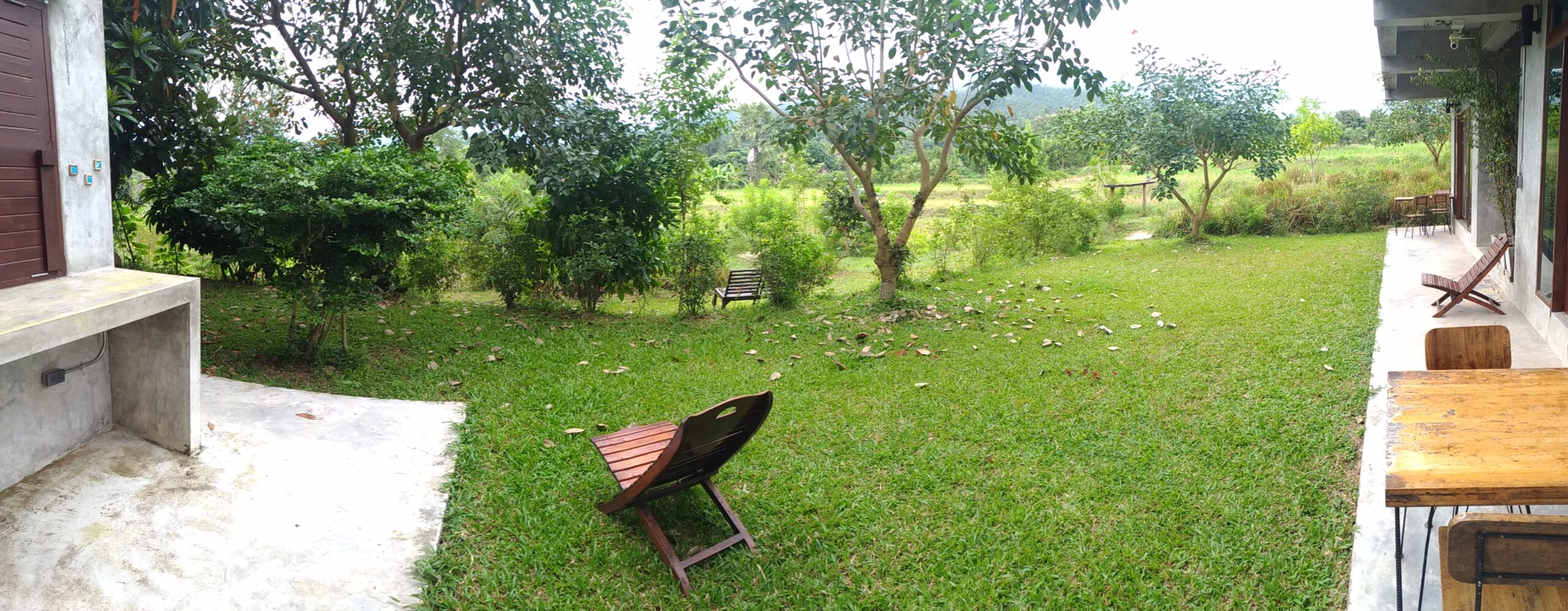Essential Tips for Growing Grass in Thailand
Growing grass in Thailand can be a rewarding experience when done correctly. We put our lawn down here in northern Thailand shortly after we finished building our home, about 7 years ago. It came with some difficulties!
Thailand’s tropical climate has high temperatures, humidity, and both a rainy and dry season. These conditions create special challenges and opportunities for growing grass.
Whether growing grass in Thailand from scratch or reviving an existing one, careful planning and regular care are key. Here are the top tips for growing a healthy, lush lawn that thrives in Thailand’s climate.
1. Choose the Right Grass Type
The foundation of a healthy, green lawn begins with choosing the right type of grass. Thailand’s tropical climate requires grasses that can handle heat and are tough enough for both the dry and rainy seasons. Three common grass types suitable for this region are Nor Noi grass, Malay grass and Japanese grass.
Japanese grass is said to be more suited to growing in areas that receive full sun. It’s a thin leafed grass that creates a nice carpet for a lawn or any landscaped spaces. However, it is rather brittle and does not cope well with a lot of traffic.
Nor Noi grass in Thailand is also quite popular. The leaves are softer than Japanese grass and it is tough so will take more punishment than the Japanese grass. It is relatively easy to maintain, but requires plenty of water. Nor Noi grass is happy in full sun.
Malay grass is a broader leaf style of grass. We were informed that it’s best suited for shaded areas. But we decided to plant it as we’d seen full lawns of this Malay grass growing well in areas that receive all day sun. We also prefer this type of broader leaf grass rather than the fine leaf of the Japanese grass.
These grasses handle Thailand’s heat and humidity better than others. They help keep your lawn green and healthy all year.

2. Prepare the Soil Properly for Grass in Thailand
Healthy soil is the cornerstone of a successful lawn, especially in a tropical climate like Thailand’s. Before planting your grass in Thailand, it’s helpful to test and prepare the soil.
Test the soil’s pH: The ideal pH for most grass types falls between 6.0 and 7.0. You can buy a soil testing kit or have your soil professionally tested to determine if it’s too acidic or alkaline.
Amend with organic compost: If the soil is lacking in nutrients, add organic compost or manure to enrich it. Compost not only improves soil fertility but also enhances drainage and water retention.
Use a garden fork or aerator to loosen the soil and improve airflow. This helps the grass roots grow deeper. It makes your grass more drought-resistant and preventing soil compaction.
Preparing the soil well helps grass in Thailand grow strong roots and establish quickly. This leads to a healthier, more durable lawn.
3. Growing Grass in Thailand from Seed or Sod
When it comes to starting a lawn, you have two main options: seeding or laying sod. Each method has its advantages and drawbacks, so your choice will depend on your budget, time, and preferences.
Seeding:
This method is more affordable and gives you a greater variety of grass types to choose from. However, it requires patience, as it takes longer for the grass to establish and grow. You’ll also need to be diligent with watering to ensure the seeds germinate properly.
We did not have a good experience when we tried growing grass in Thailand from seed. We ordered seed online and planted in an area we’d prepared at the back of our section. The seed did not germinate well, so we were left with a patchy, weed covered area. Also, as it turned out, the seed we ordered was not the type we received, but we were not aware of this until months later as it started growing.
Sod:
If you want an “instant” lawn, laying sod is the way to go. Sod is essentially pre-grown grass that comes in pieces, which you can lay directly onto your soil.
While this option is more expensive, you’ll have a fully formed lawn within days. Keep in mind that sod requires more intensive watering in the beginning to help it root into the soil.
Our experience using sod for creating a lawn in Thailand was much more successful than planting seed. It took some hard work initially, but once it was established we’ve had no problems with it.
Choosing between seed or sod depends on how quickly you want your lawn to establish and how much you’re willing to spend.

4. Watering Technique
In Thailand’s tropical climate, where heat and humidity are the norm, watering your lawn correctly is crucial. Too much water can lead to fungal growth, while too little will cause the grass to dry out.
Deep watering encourages the roots to grow deeper into the soil, making your grass more drought-resistant. Watering during the wet season is unnecessary. During the dry season frequent watering will keep your lawn looking lush.
The ideal time to water your lawn is in the early morning, before the sun becomes too hot. This allows the water to soak into the soil without evaporating too quickly or creating conditions for fungal diseases to thrive.
5. Fertilizing the Lawn
Regular fertilization is not essential. Our Malay grass lawn received some fertilizer as it was being established. We also apply some home made compost and Photosynthetic Bacteria plant food from time to time.

6. Mowing Schedule
Mowing may seem like a straightforward task, but it plays a significant role in the health of your lawn. Cutting the grass too short or mowing infrequently can weaken the grass and allow weeds to take over.
Keeping a consistent mowing schedule helps encourage thick growth. It also prevents weeds from gaining a foothold. However, avoid cutting more than one-third of the grass’s height at any one time, as this can shock the plant and stunt growth.
The ideal mowing height will depend on the type of grass you have. Proper mowing techniques help create a dense lawn that’s less prone to weeds and diseases.
7. Pest and Weed Control
Thailand’s warm, humid climate can be a breeding ground for pests and weeds. These invaders can quickly damage a lawn if not managed effectively.
Keep an eye out for common lawn pests like armyworms, mole crickets, and fungal diseases. Organic solutions like neem oil or insecticidal soap can be used to control pests without harming beneficial insects.
If weeds do appear, remove them by hand. We’ve found that our Malay grass in Thailand gets very few weeds due to its dense coverage.
Vigilant pest and weed control ensures that your lawn remains healthy and unharmed during its crucial growing stages.
8. Adapt to Seasonal Changes
Thailand experiences a distinct rainy season and dry season. It’s important to adapt your lawn care routine to these seasonal changes.
Rainy season: Reduce watering during the rainy season to avoid waterlogging and root rot. Be mindful of fungal diseases, which thrive in wet conditions.
Dry season: Increase your watering frequency during the dry season but stick to the deep, infrequent method. Fertilize before the dry season begins to give your lawn the strength it needs to survive.
Adapting to the seasons helps maintain the health of your lawn throughout the year, preventing damage during both wet and dry periods.

9. Patience and Consistency
Finally, growing grass in Thailand’s tropical climate requires patience and consistent care. It may take weeks or even months for your grass to fully mature, depending on the type and method you choose.
Regular watering, mowing, and fertilizing are essential for a healthy lawn. Stick to a schedule, but be prepared to adjust your routine based on weather conditions.
Patience and consistent care will pay off in the long run, leading to a lush, vibrant lawn that you can enjoy for years to come.
Growing Grass in Thailand: Conclusion
In summary, creating a lush new lawn in Thailand involves:
- selecting the right grass type,
- preparing the soil,
- choosing between seed and sod,
- and following a proper care routine
By adapting to the tropical climate and staying patient, you’ll be able to cultivate a beautiful, healthy lawn that thrives year-round.